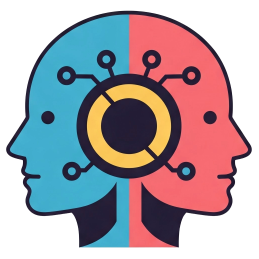Rethinking AI Communication: Beyond Simple Word Prediction
As we delve deeper into the realm of Artificial Intelligence, particularly in the context of large language models (LLMs), a common critique arises: “LLMs are merely advanced mathematical systems that predict the next word or token; they lack true intelligence.” While this viewpoint raises interesting questions about the nature of intelligence, it’s worth exploring the broader implications and future possibilities that AI can offer.
Imagine a future—200, 400, or even 1,000 years from now—where advanced artificial general intelligence (AGI) exists. If this intelligence is purely artificial and digital, how might it convey thoughts and directives to the world around it? Communication through a steady stream of words, phrases, or actions seems to be the most intuitive method, doesn’t it?
The notion that this model could have a singular, definitive action it wishes to accomplish may not accurately reflect the complexities of decision-making. Instead, it may function through a spectrum of choices and words, each one considered for its relevance and impact.
Having a background in machine learning, I appreciate the nuances of these models. I have worked with neural networks and even coded backpropagation algorithms from scratch during my earlier learning experiences. My understanding of the foundational mathematics behind LLM architecture reinforces the perception that while the underlying math is sound, it doesn’t capture the entire essence of what communication means for an AI.
The reality is that any form of Artificial Intelligence will fundamentally rely on algorithms and mathematical principles. Every algorithm must deliver output to have practical utility. This poses a pivotal question to skeptics of current AI technologies:
What type of output should an AI produce to be recognized as more than just an advanced autocomplete tool? How can it engage with us in a manner that transcends simple word prediction?
Ultimately, while there will always be a need for an AI to generate output, the method of doing so—like next-token prediction—may still be a plausible and effective approach. Understanding the layers of this output, the choices made within distributions of actions, and the motivations behind them offers an exciting pathway for the future of AI communication. The evolution of Artificial Intelligence is not just about achieving human-like intelligence; it’s about how these systems can interface with us in meaningful ways.
Engaging in this dialogue will not only help us refine our definitions of intelligence but also inspire innovative advancements in how we envision and utilize AI in the years to come.









Leave a Reply